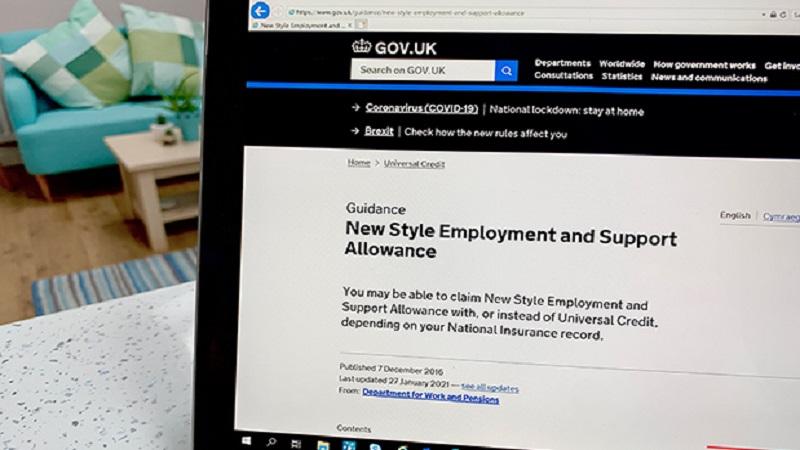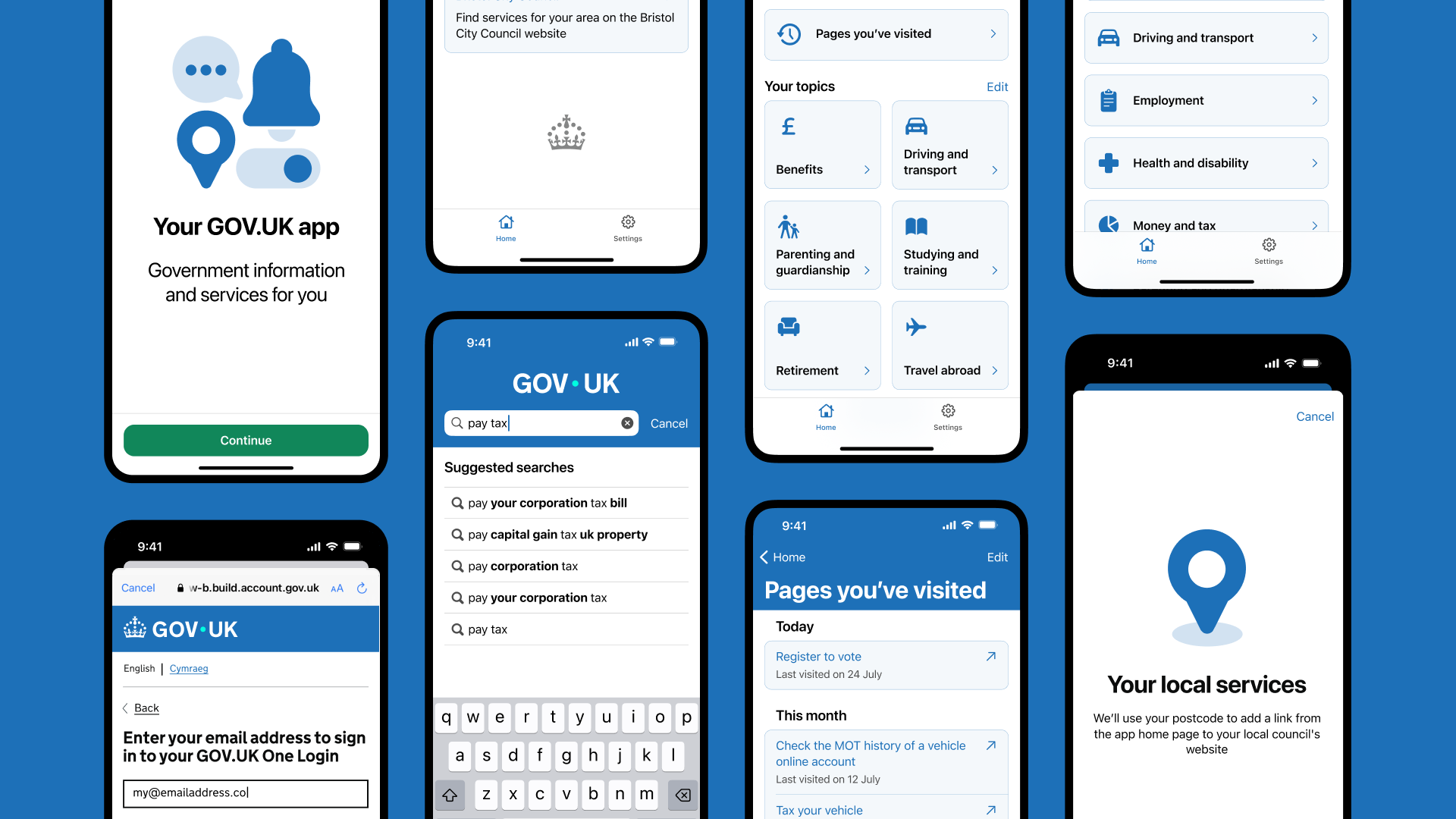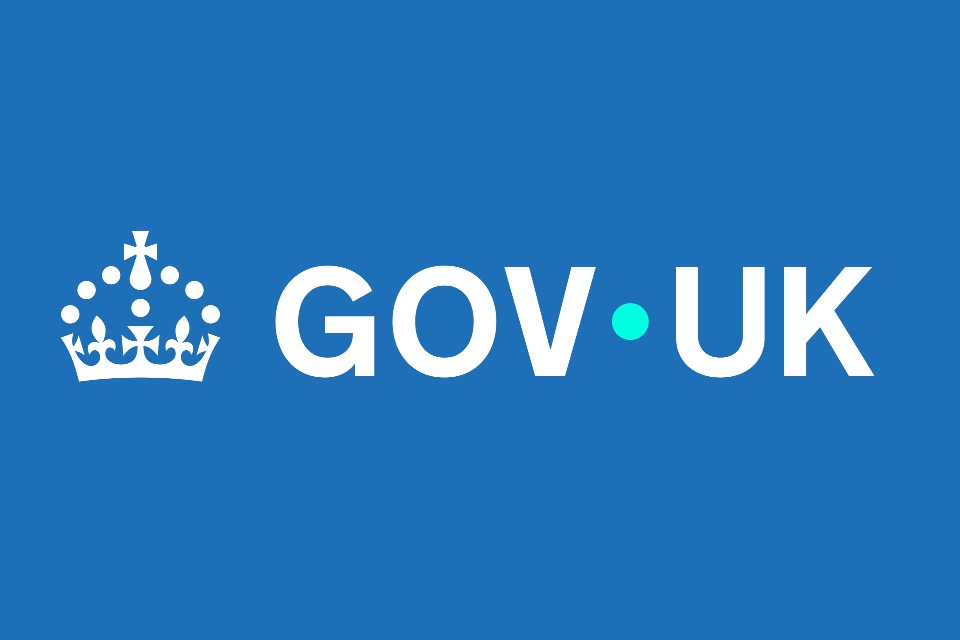Before appearing at PublicTechnology Live next week, digital delivery director Helen Roberts tells us about the department’s priorities – and why the term ‘digital transformation’ has never been a good fit
Credit: Crown Copyright/Open Government Licence v3.0
The Department for Work and Pensions is one of the public sector’s single largest entities, and its frontline staff interact with citizens – particularly the most vulnerable – perhaps more than any other.
Digital and data play a huge and growing role in enabling and delivering this support. But, with the department engaged in a major programme to make its services more user-centric, technology is not the starting point for this work, according to Helen Roberts, director of digital delivery at DWP.
Ahead of appearing as part of a stellar speaker line-up at PublicTechnology Live next week – for which attendance is completely free of charge for all public sector employees – Roberts discusses why the outcome, and the not the method of delivery, is the key focus for DWP Digital’s modernisation programme.
PublicTechnology: What would you characterise as the main priorities for DWP Digital in the coming year?
Helen Roberts: DWP’s mission is to maximise employment outcomes, improve people’s quality of life and deliver excellent services for customers and colleagues and we will play a major part in delivering against this. We offer critical support to over 20 million people, so our number-one priority will always be providing reliable, secure, accessible and sustainable services. We will also design and deliver new services to support departmental policy, customer experience and efficiency objectives. We continue to look for common approaches to accelerate our ability to add value and to transform our use of data and analytics to bring even better insight into departmental decision making. Finally, and fundamentally, we strive to be a great place to work, building a culture within which highly empowered, highly aligned teams can thrive.
At a time when people may be more reliant than ever on government support, what do you see as the role of digital in helping them access this?
This is a tough one to answer as the phrase ‘digital’ can mean so many things. Our approach is to put ourselves in people’s shoes, to better understand what they are trying to achieve and how best we might be able to support them and then organise ourselves to deliver services in line with those needs. Yes, much of that service provision is now expected to be available online as a matter of course, but our approach is to design things without a particular channel – face-to-face, telephony, online – in mind. That said, our online presence accelerated rapidly through the pandemic and will continue to do so in the years to come, with many more of our services now available via gov.uk alongside more traditional routes. This has helped more people access the information and support they need by themselves and at a time that suits them. Our intention is to provide more self-service options to those with a preference to use them, as well as more tailored support for those who need it.
DWP is working to make its services more user-centric: what does that mean, and why is it important?
Our customers’ lives and expectations are changing. They want better and more efficient services to enable them to access the help, advice and financial support they need. Our approach to service modernisation is to better understand the needs of our users – customers and colleagues – and to design and deliver services which match those needs. It’s a move away from seeing a person as the recipient of a certain benefit or benefits to someone going through a particular set of circumstances and joining up our response to better support them through that. So, moving away from seeing a person as, for example, a Carer’s Allowance recipient to thinking more about we might help someone with the question: ‘I provide care for someone – what support can I get?’. This shift will take time to fully achieve but it will help us better match the delivery of our services with the needs of our customers, making for an improved experience all round.
Is it still accurate to talk about ‘digital transformation’ of DWP services – or are we into the next phase and, if so, what are its hallmarks?
We are one of the UK’s largest government departments, meaning that the maturity of our services naturally varies. We still have legacy services supported by legacy delivery models and technologies and it will take some time to move entirely away from these things into a new world. We also have some leading edge, indeed award-winning, services delivered in a joined-up, user-centred way and enabled by modern processes, cultures and technologies. So, I’m not sure the label ‘digital transformation’ has ever quite defined a phase that we’ve been working our way through, nor that we’re now moving into something beyond this. In DWP, we’ve chosen the term ‘service modernisation’ to encapsulate our work in this space, to accentuate the end-to-end, channel agnostic approach we’re taking and to celebrate the small steps we make as well as the big ones. I’m personally quite drawn to that definition.




